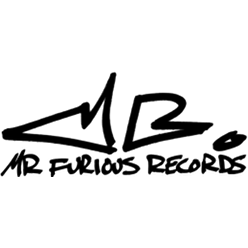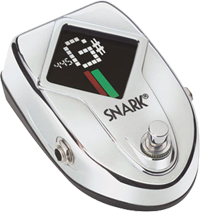I’ve tried a bunch of new things over the past couple weeks, all of which are worth playing with if you’re interested.
- Harmonica – With the help of some great YouTube videos, I’m finally learning to bend notes on the harp in preparation for a specific overdub I want to do on Cory’s solo record. As one of the videos said, it’s kind of like mimicking Darth Vader’s breathing, but with a harmonic in your mouth.
- Funkbox – A really fun vintage drum machine emulator and then some for iPad/iPhone. I’m trying it before dropping semi-serious money on a VolcaBeats for a back-burner project with Drew.
- Slide guitar – If by “slide,” you can imagine “a Sharpie held awkwardly in my left hand.” It’s gone well enough that I probably need a real slide, though. This is also in anticipation of some overdubs on Cory’s album, in concert with…
- Open G tuning, also known as “how Keith Richards plays.” All those brilliant Stones riffs that are nigh-impossible in standard tuning? No problem in open G. Differing slightly from Keef, I’m using the top 5 strings for open G, and tuning my low string down to D so I can still play two-note power chords on the two lowest strings.
- Tilt/Slant EQ – This simple but underused approach to EQ takes a center frequency and boosts treble / cuts bass (or vice versa) with a very even response, just like it sounds (more details here; the link is about a specific product, but does a good job of elaborating on tilt EQ generally). It’s best used at lower levels, up to +/- 6 db or so, to brighten or darken sounds very naturally and transparently. I’ve been testing it on an overly dark bass track to lighten it up a bit, with good results, and I think I’ll be using it a lot on future mixes. Dedicated Tilt/Slant EQ hardware or plugins can be hard to find (there are some VSTs out there that I haven’t tested), but you can make your own by combining high and low shelf EQs with the same cutoff frequency and lower Qs. Center frequencies typically range from 600 – 1000 Hz.
Have you tried anything cool lately?

